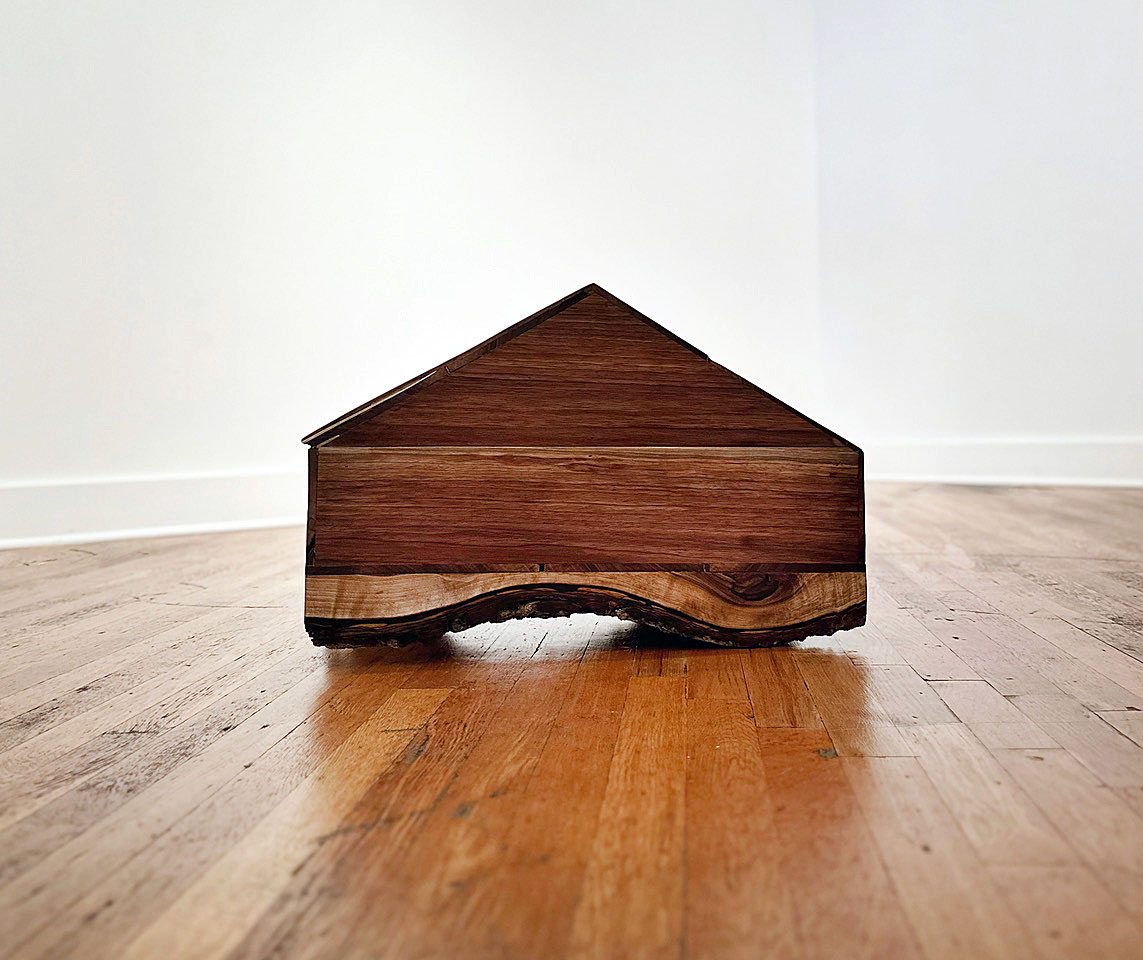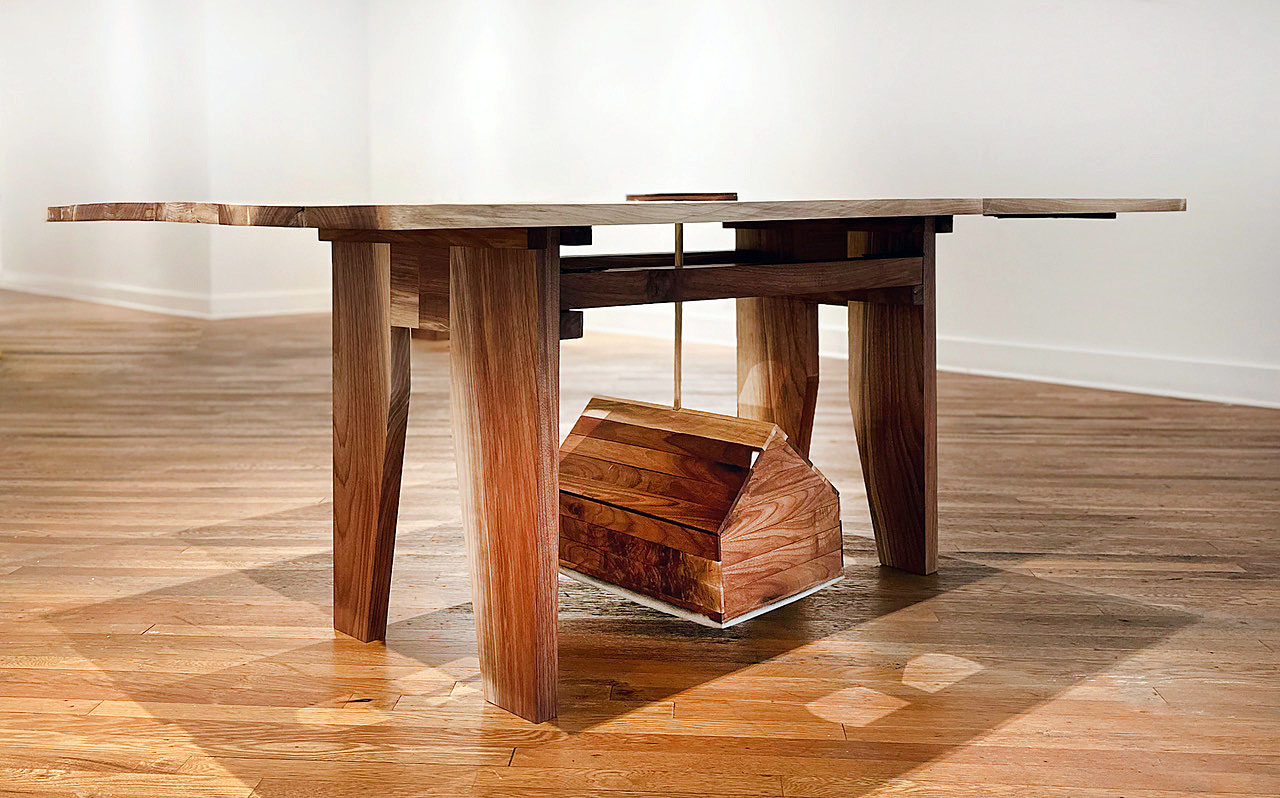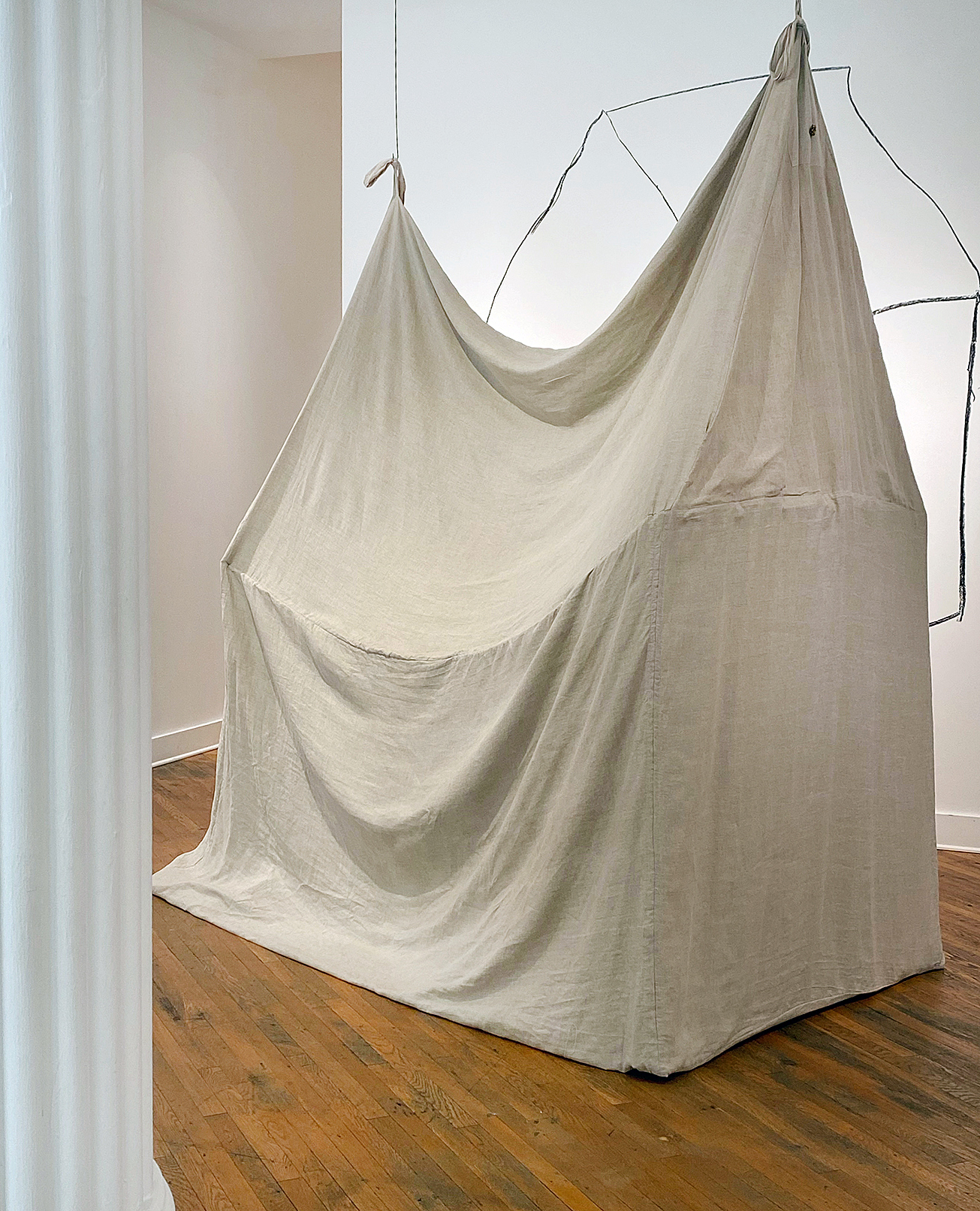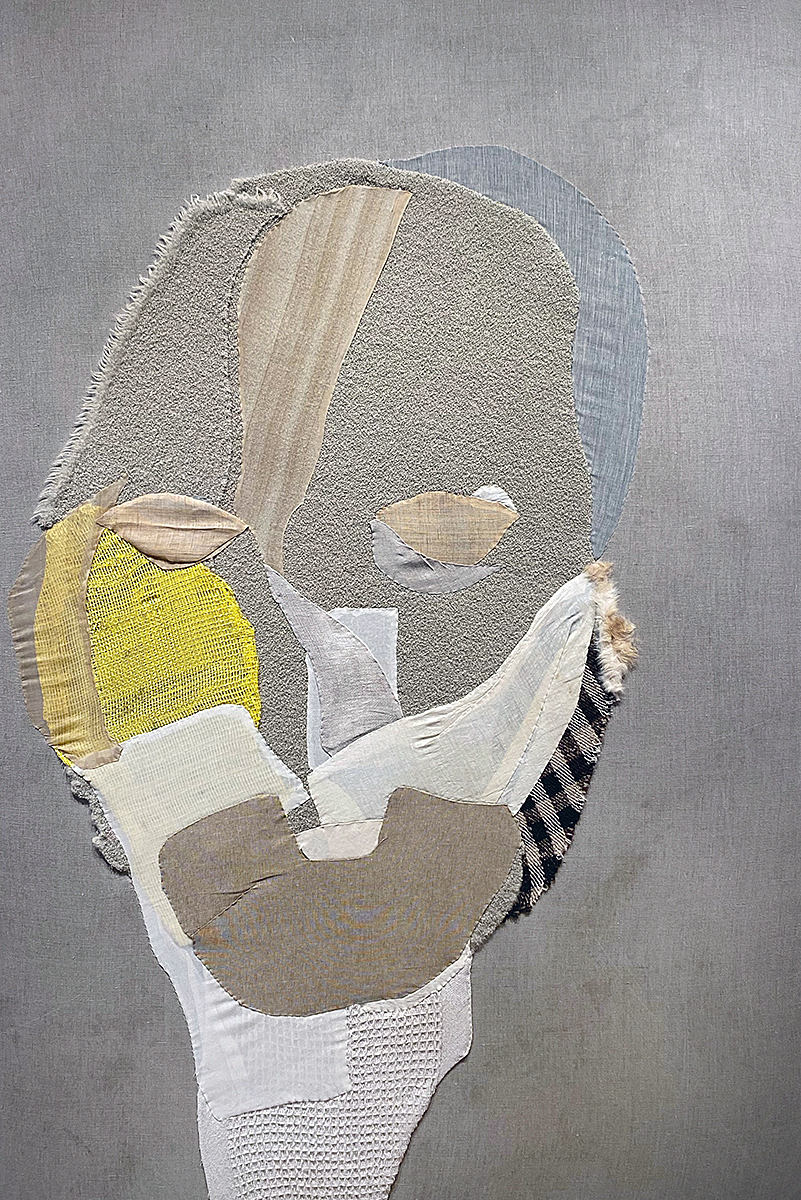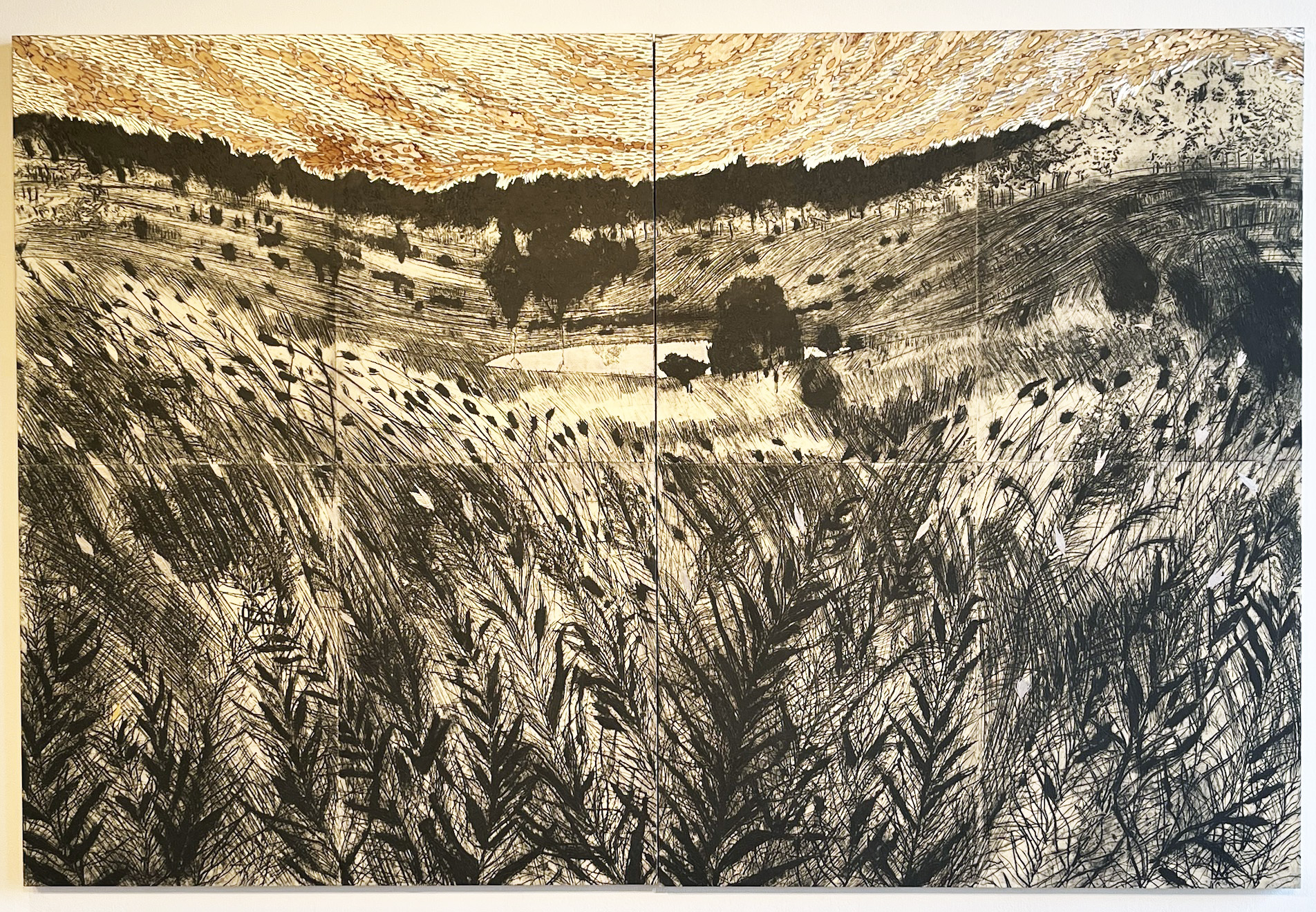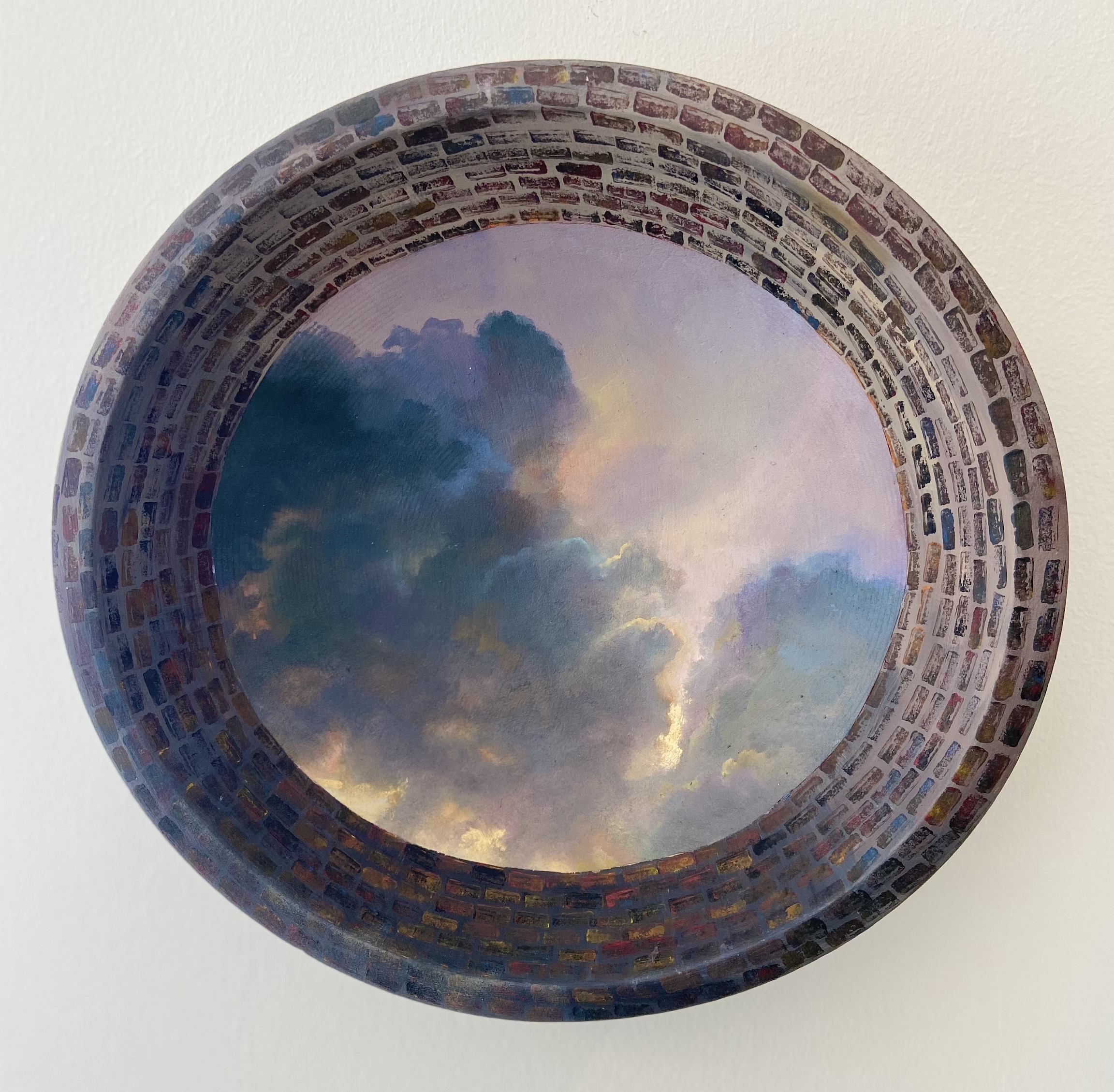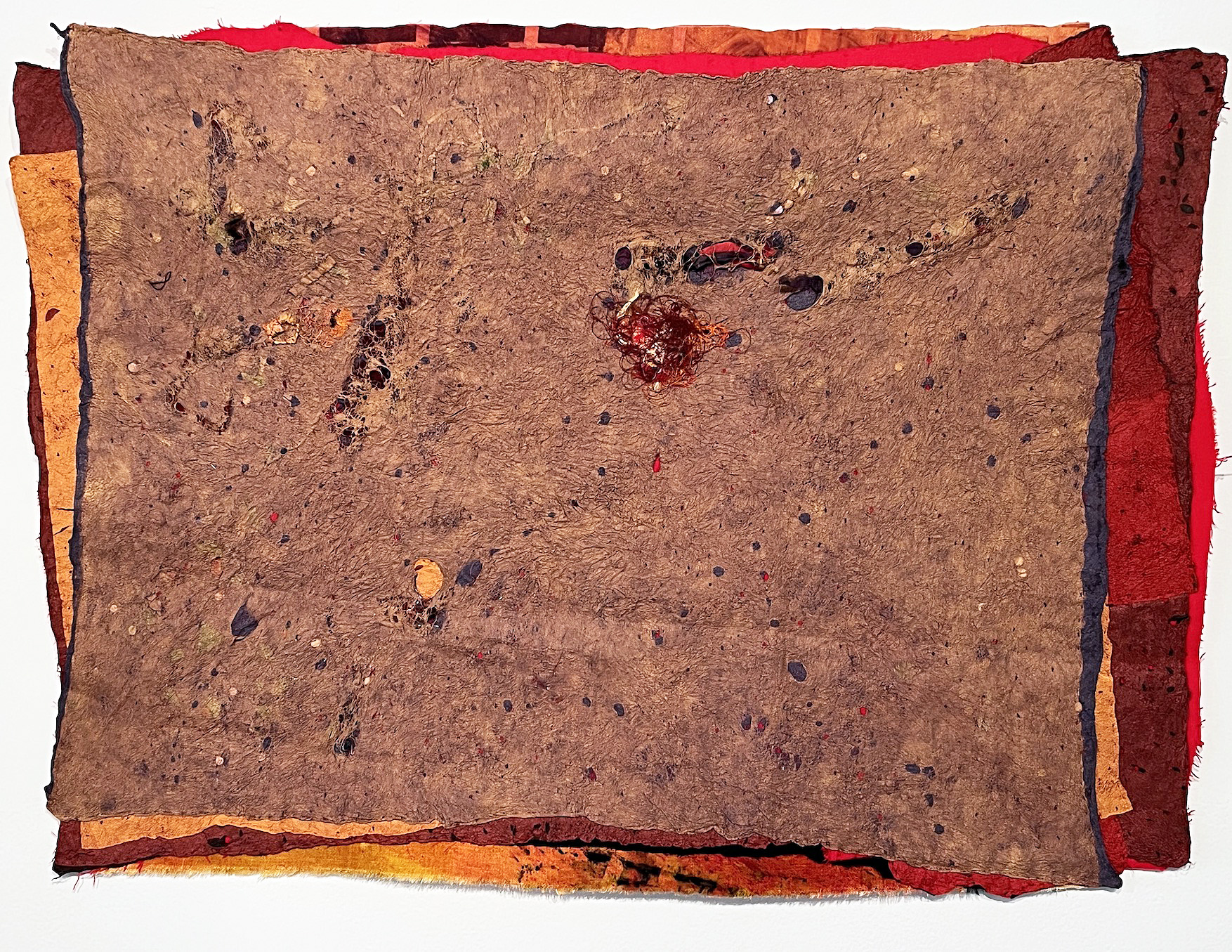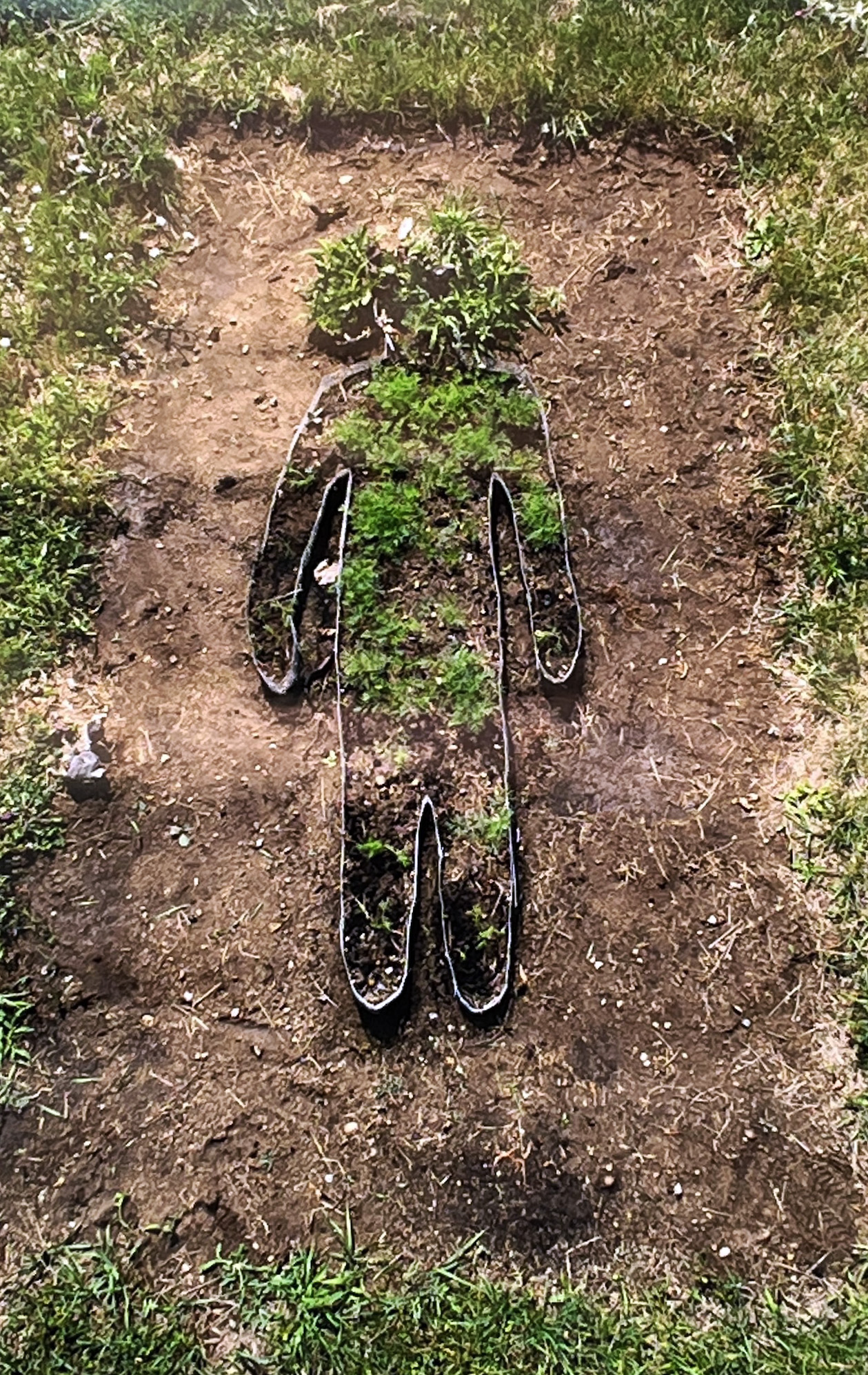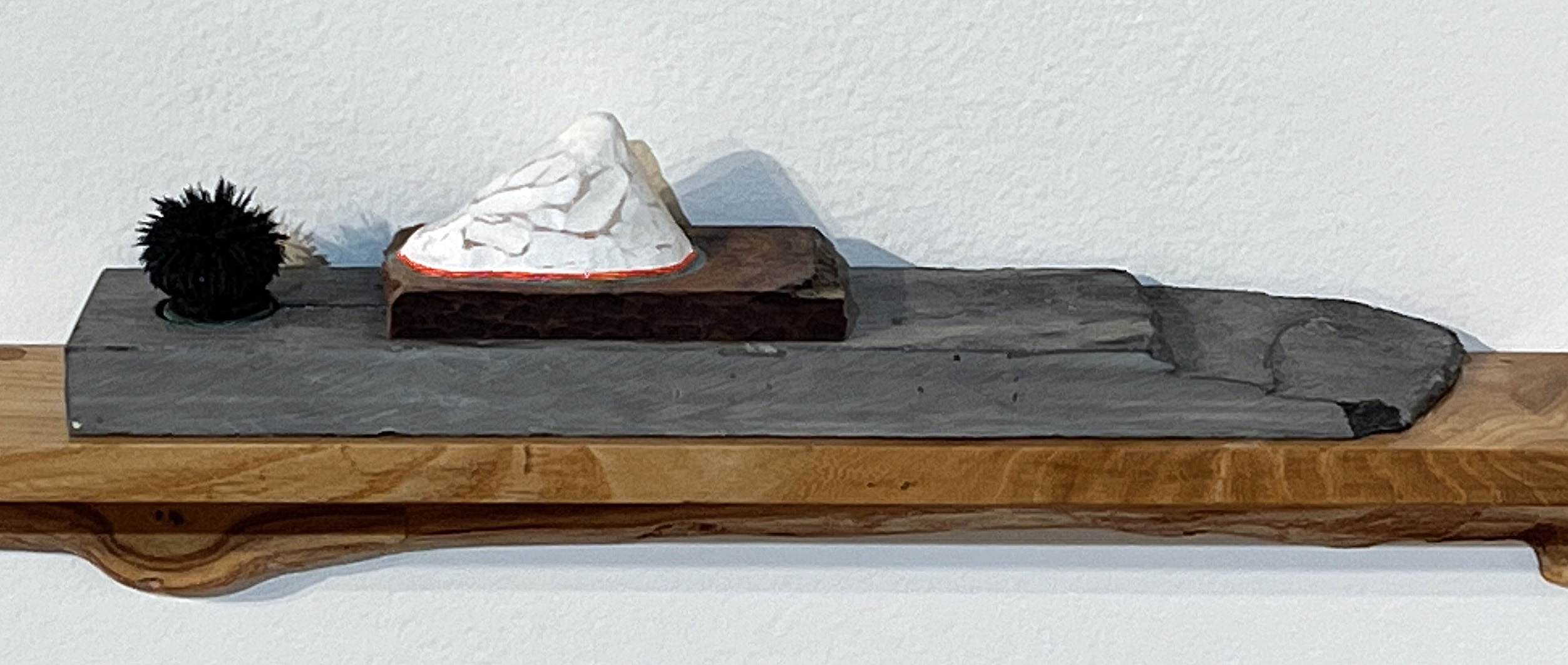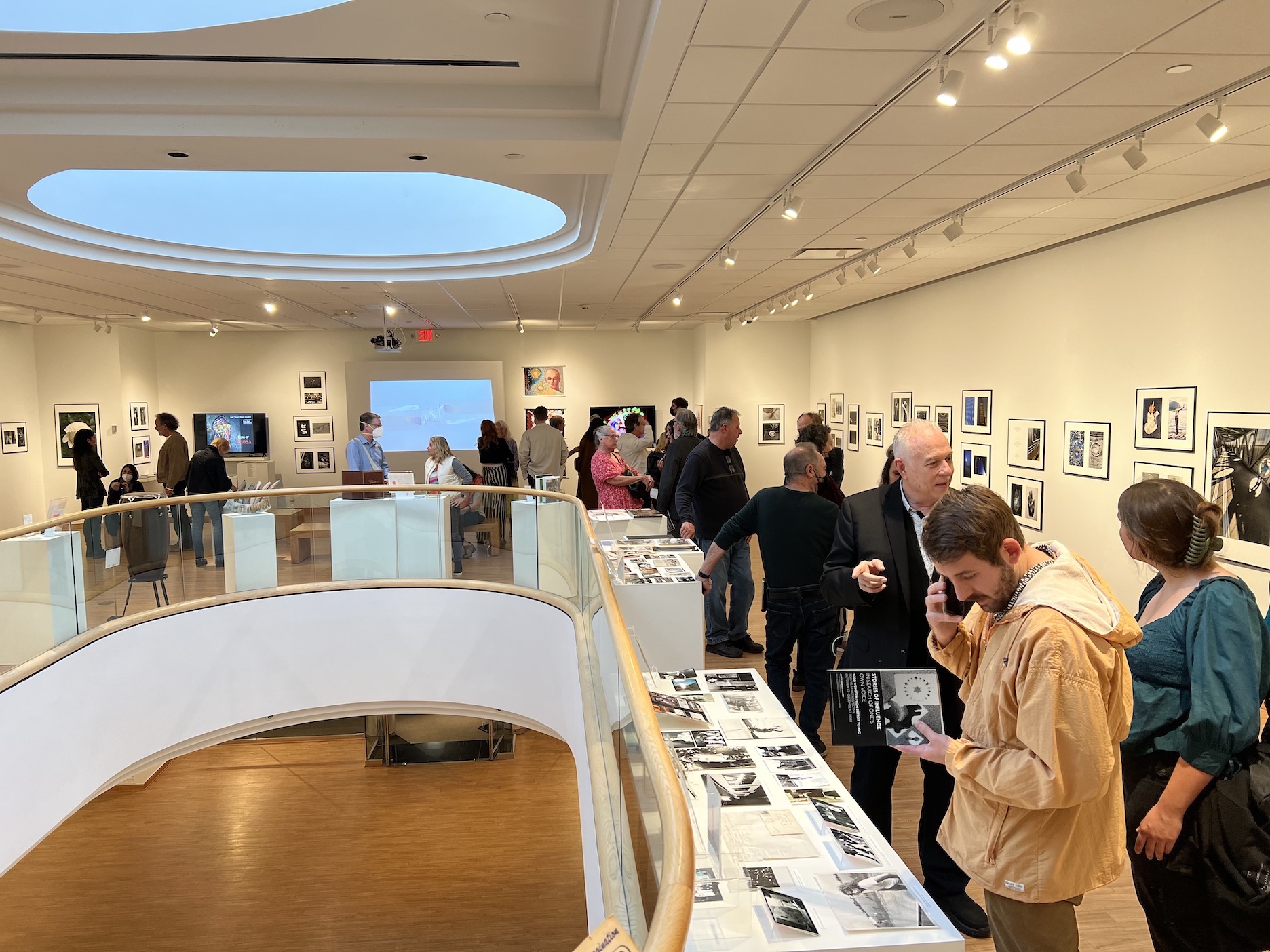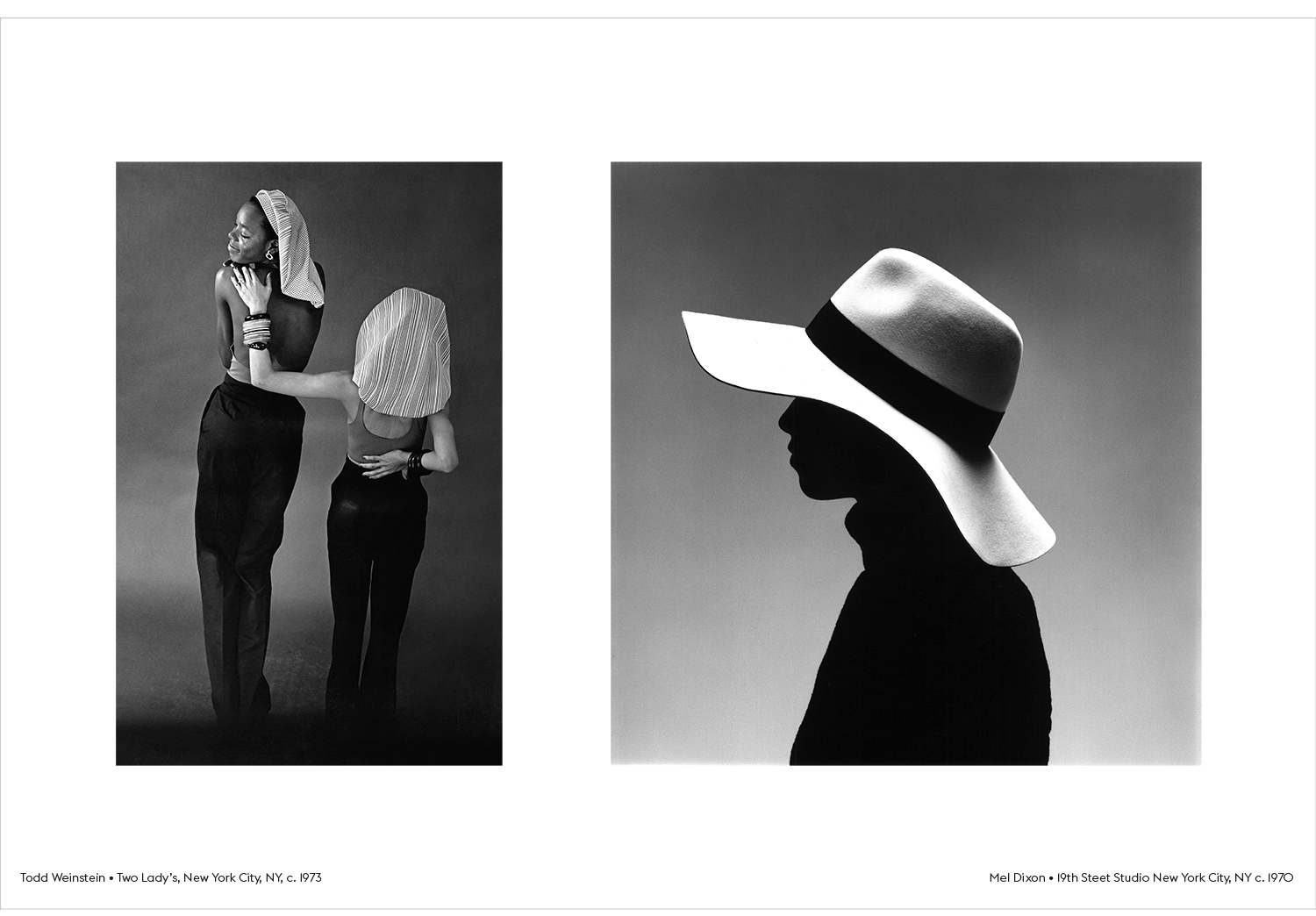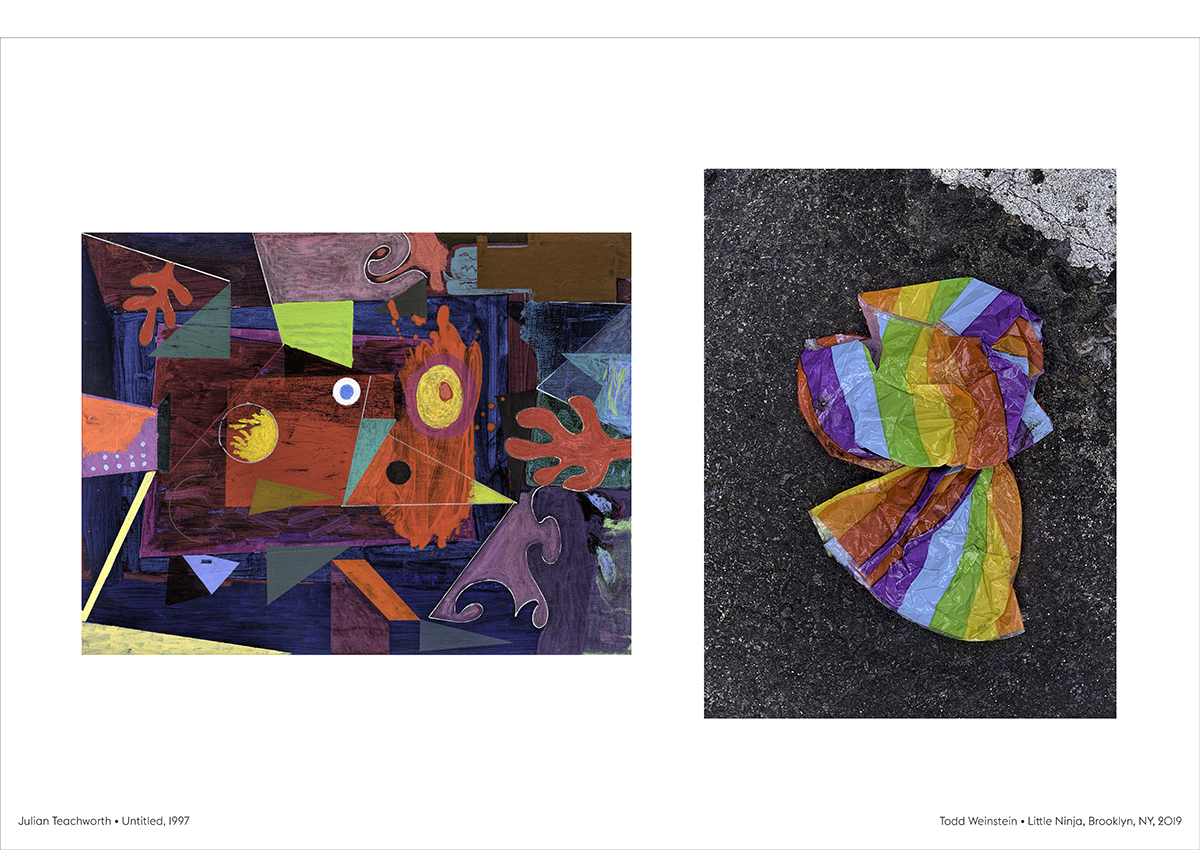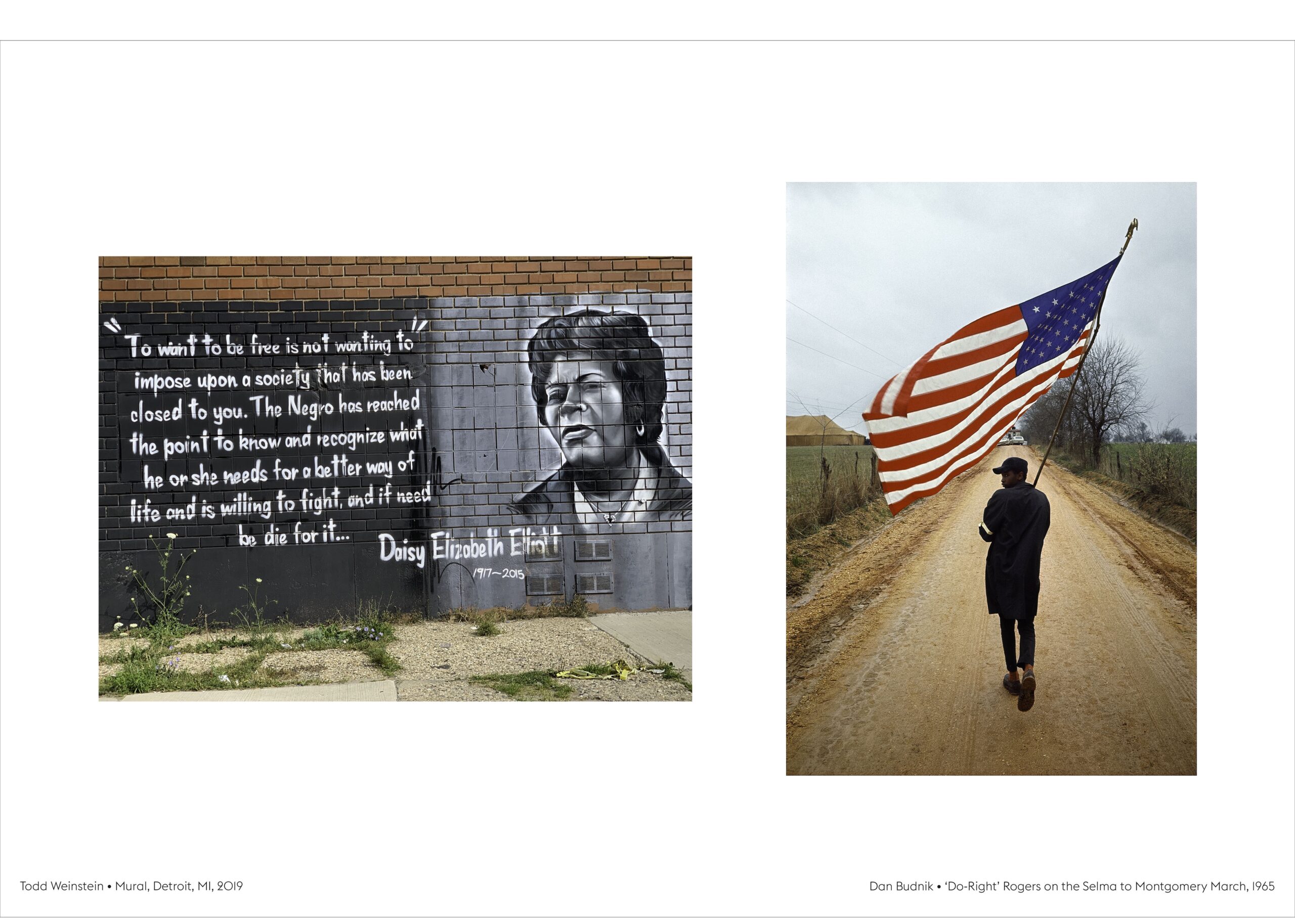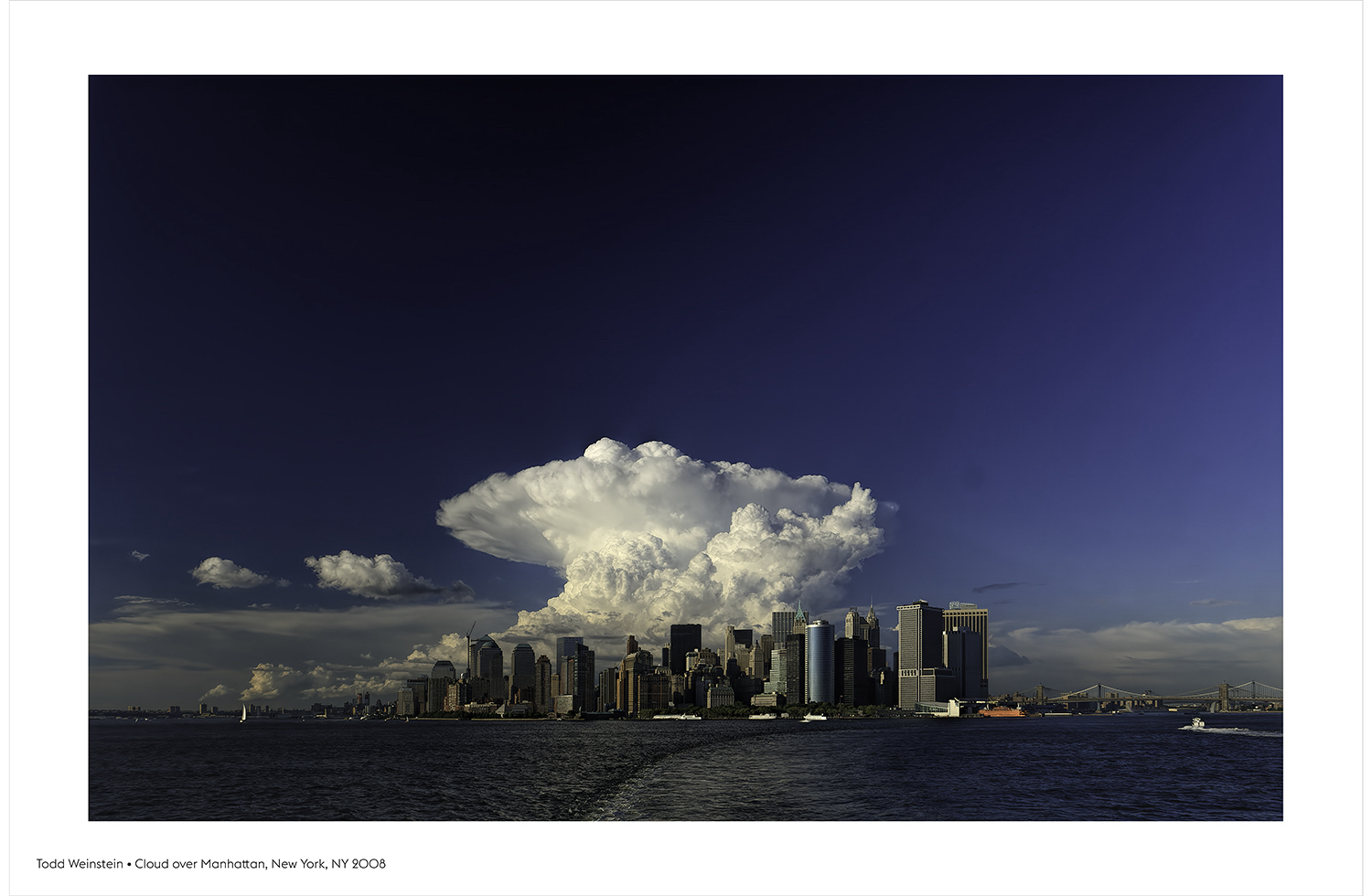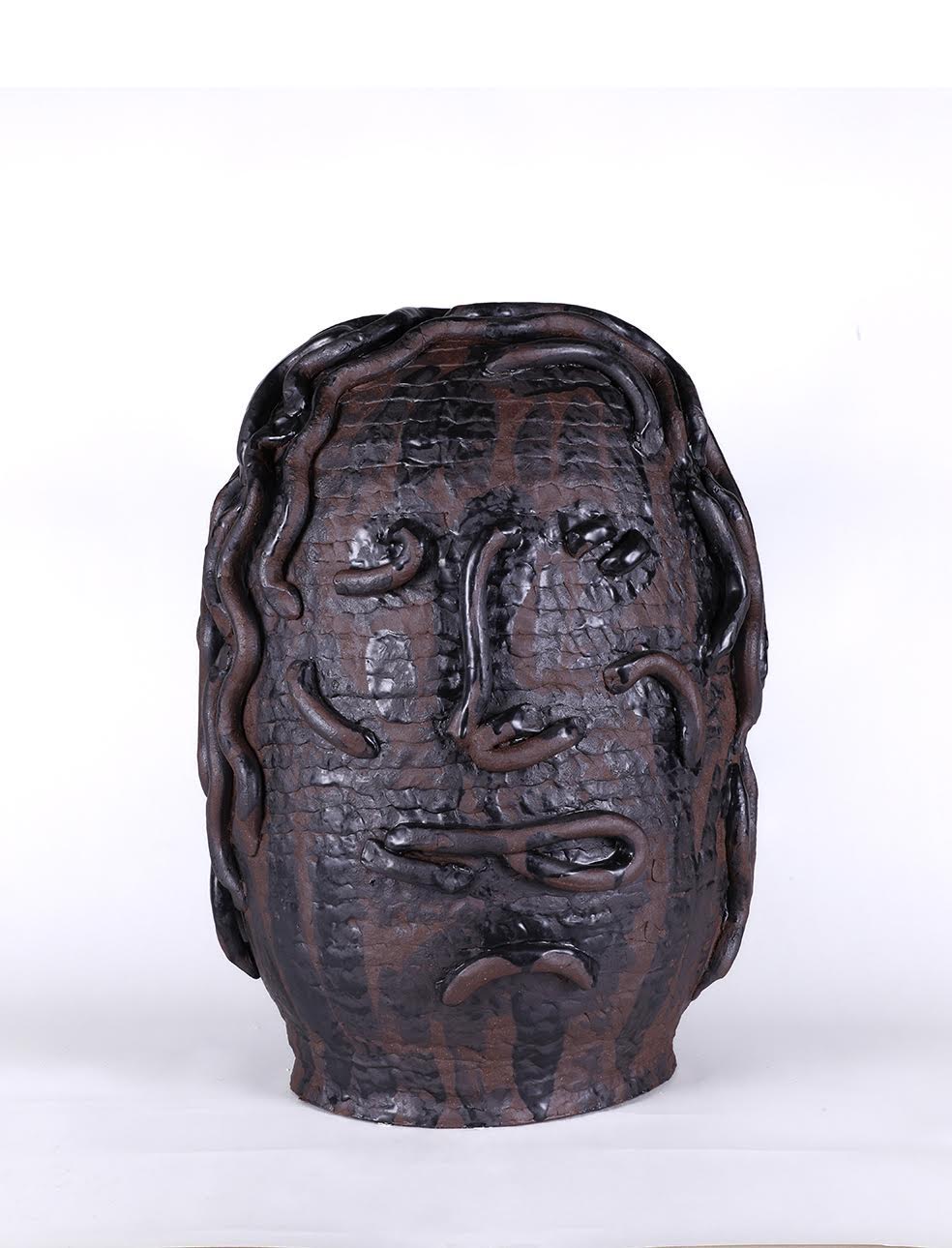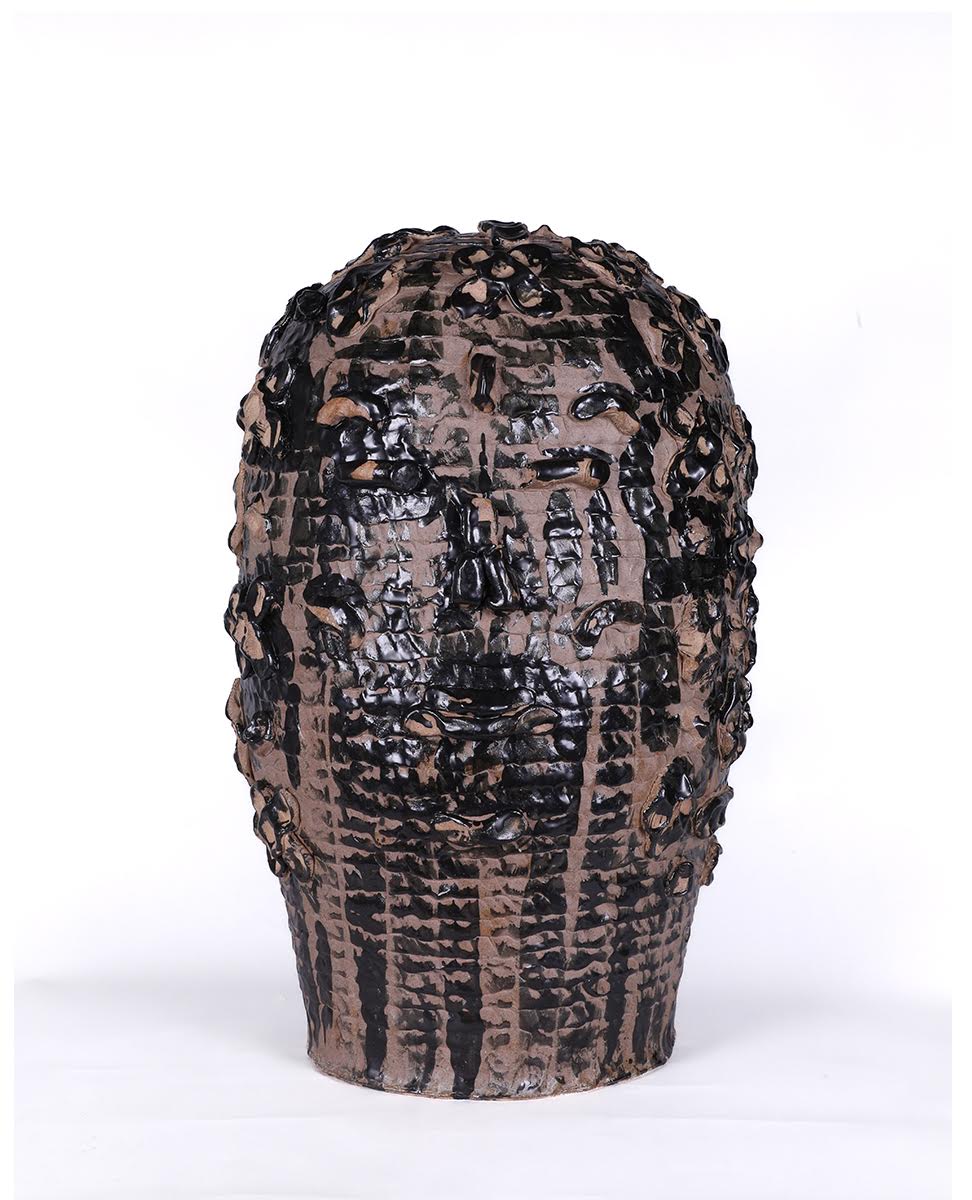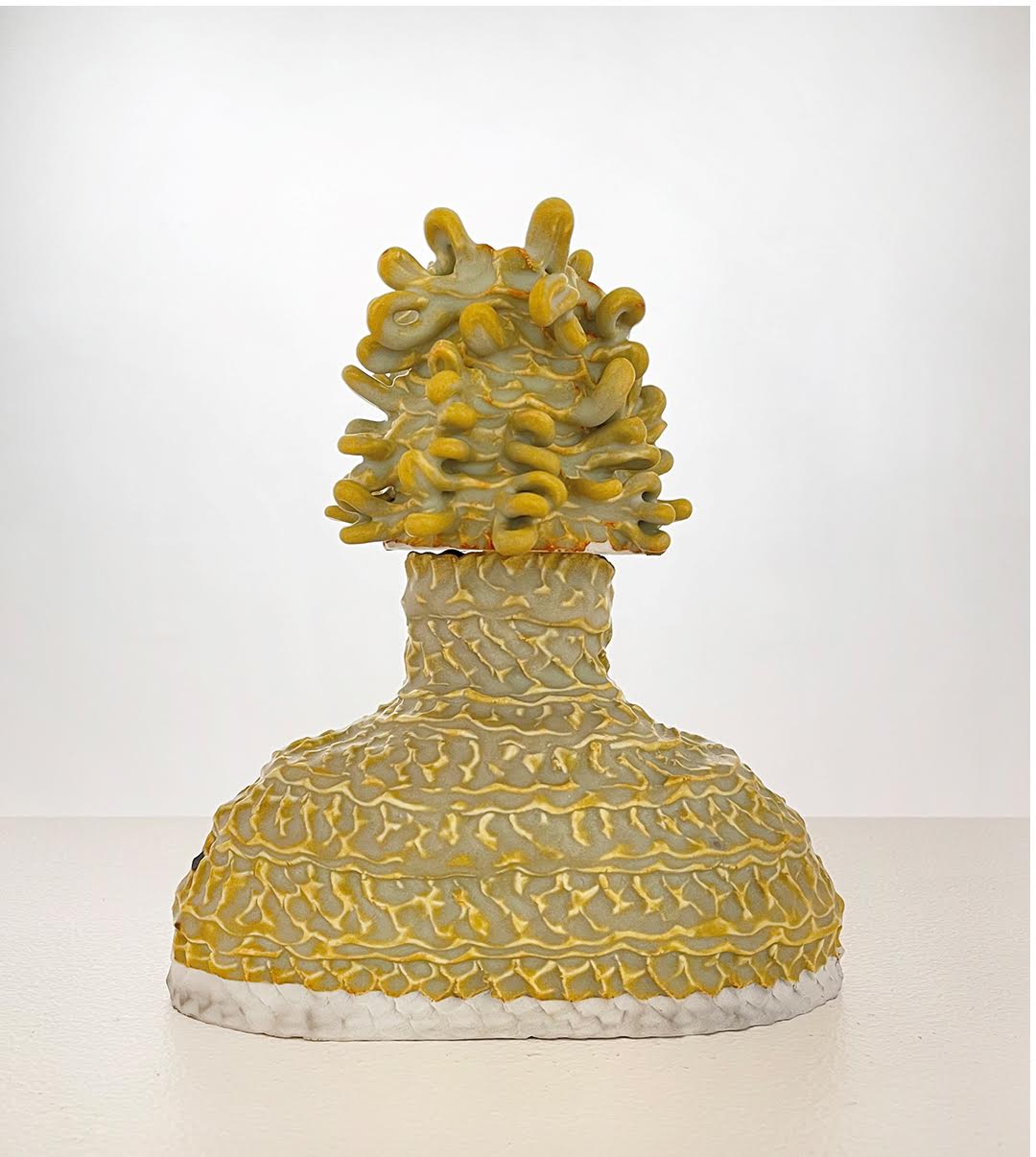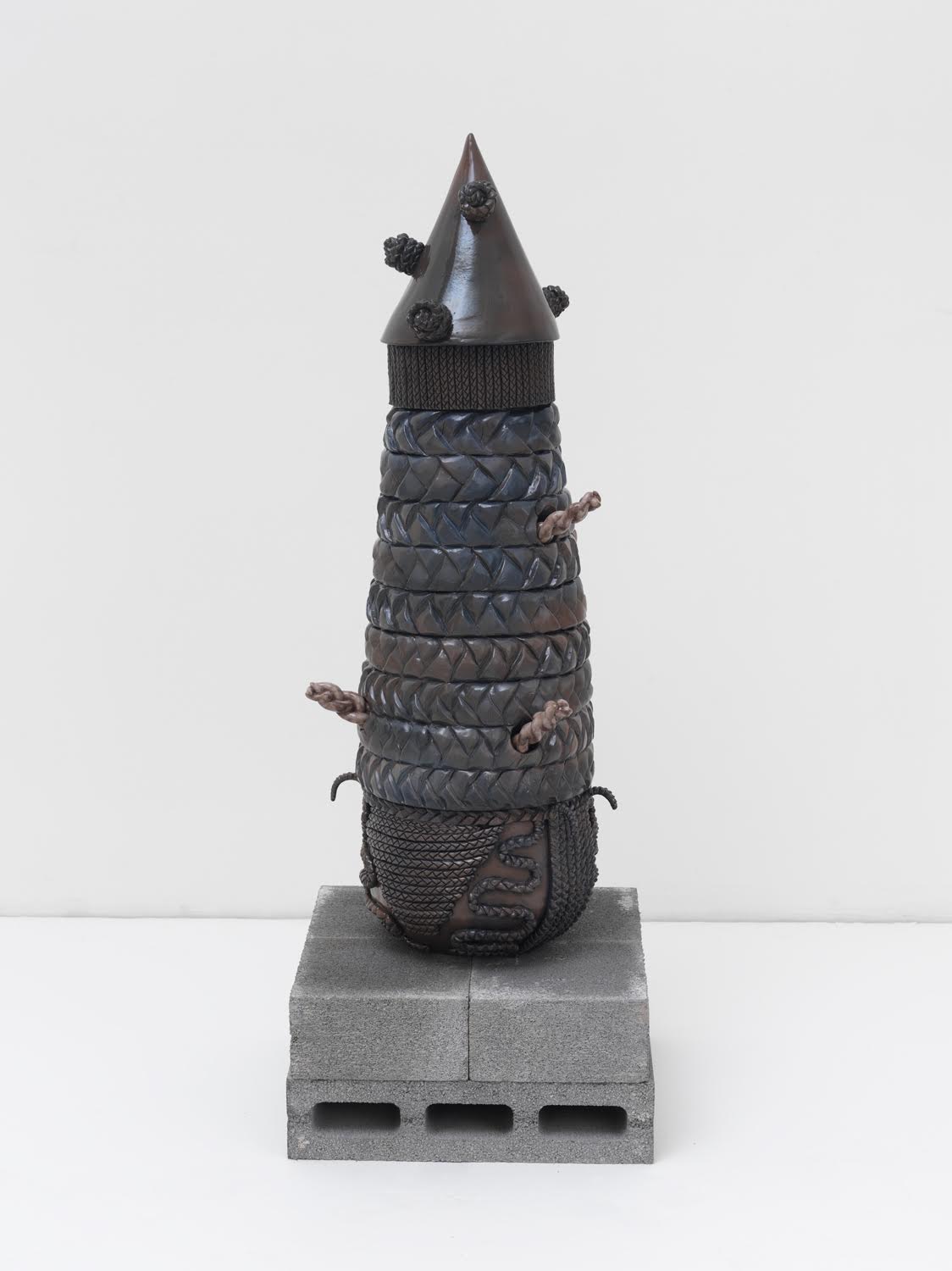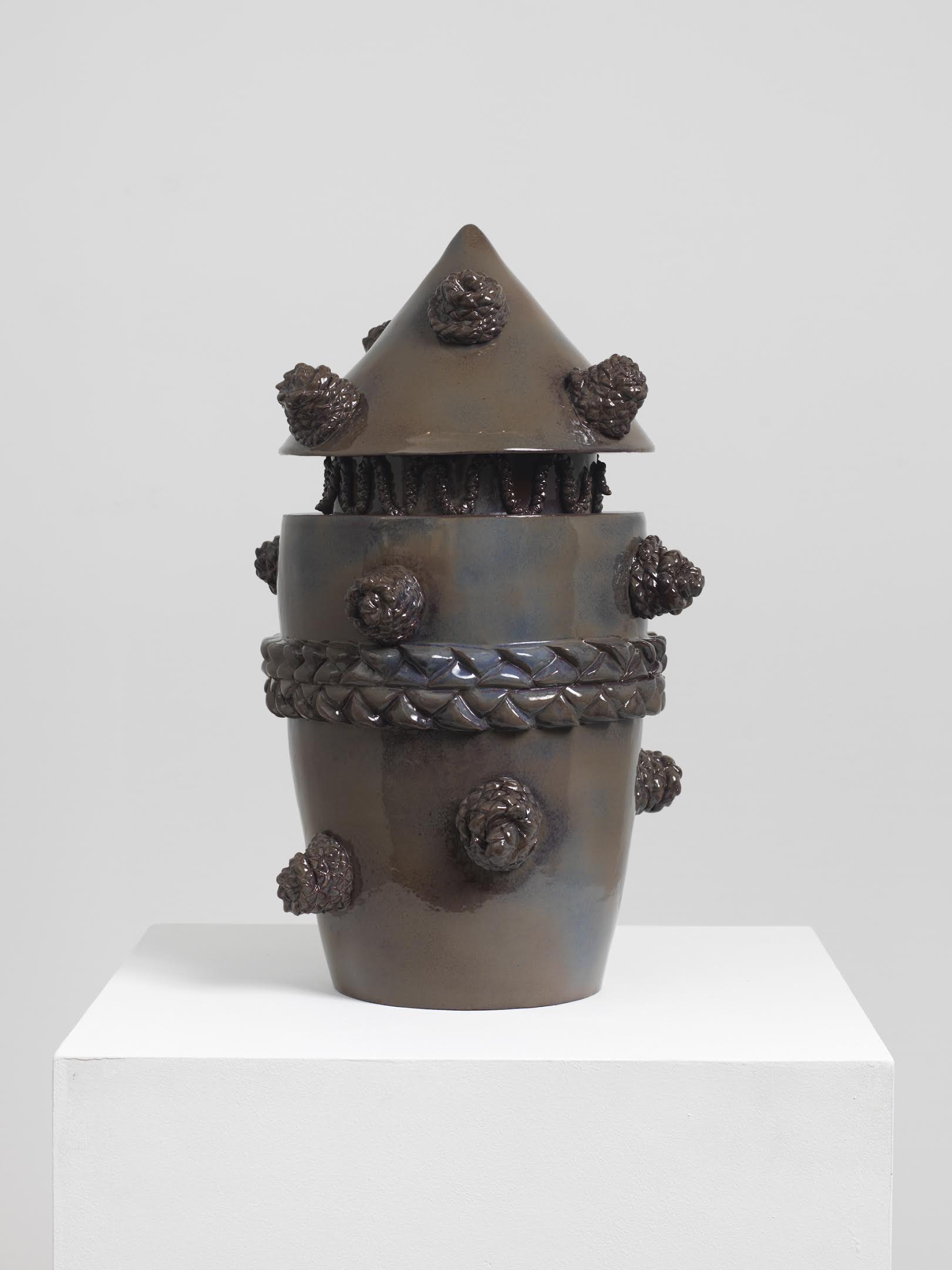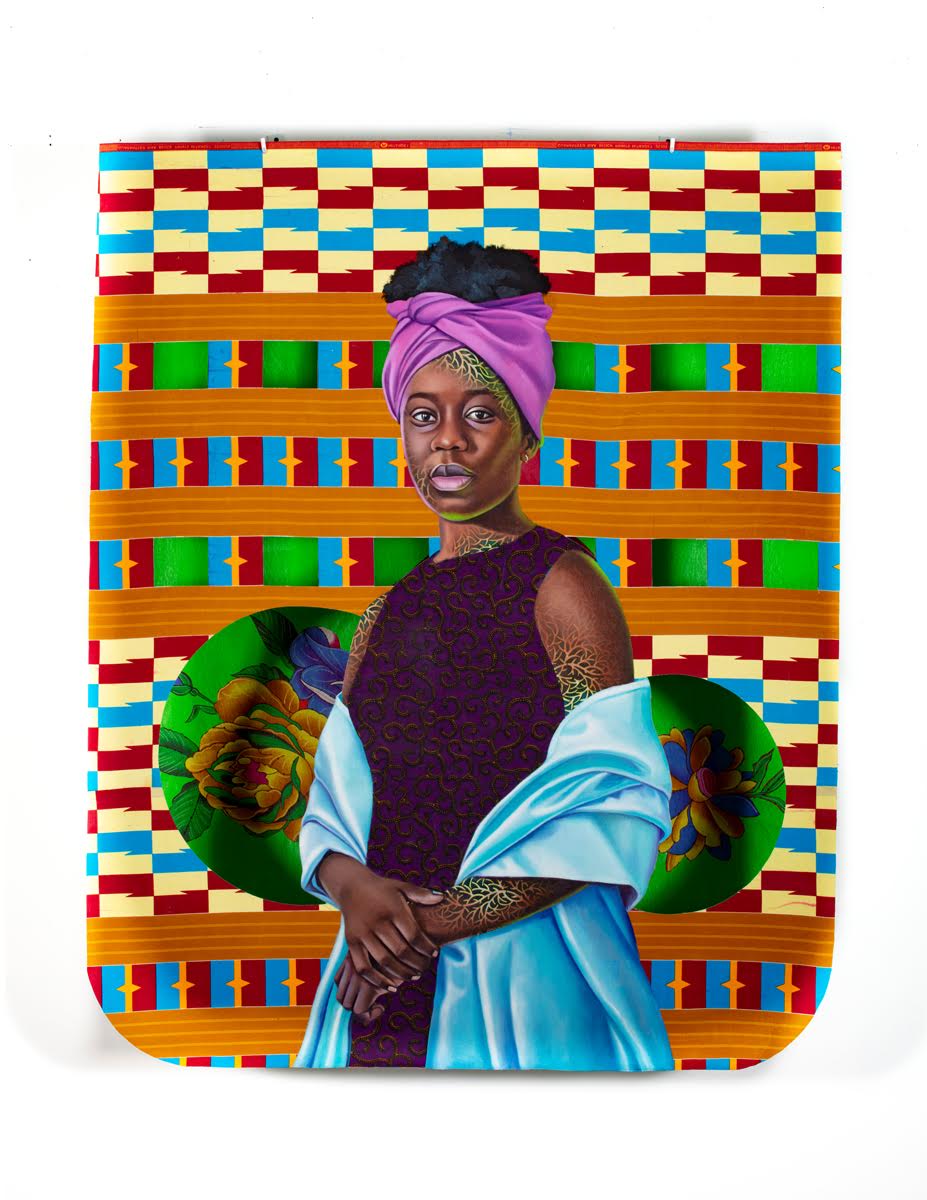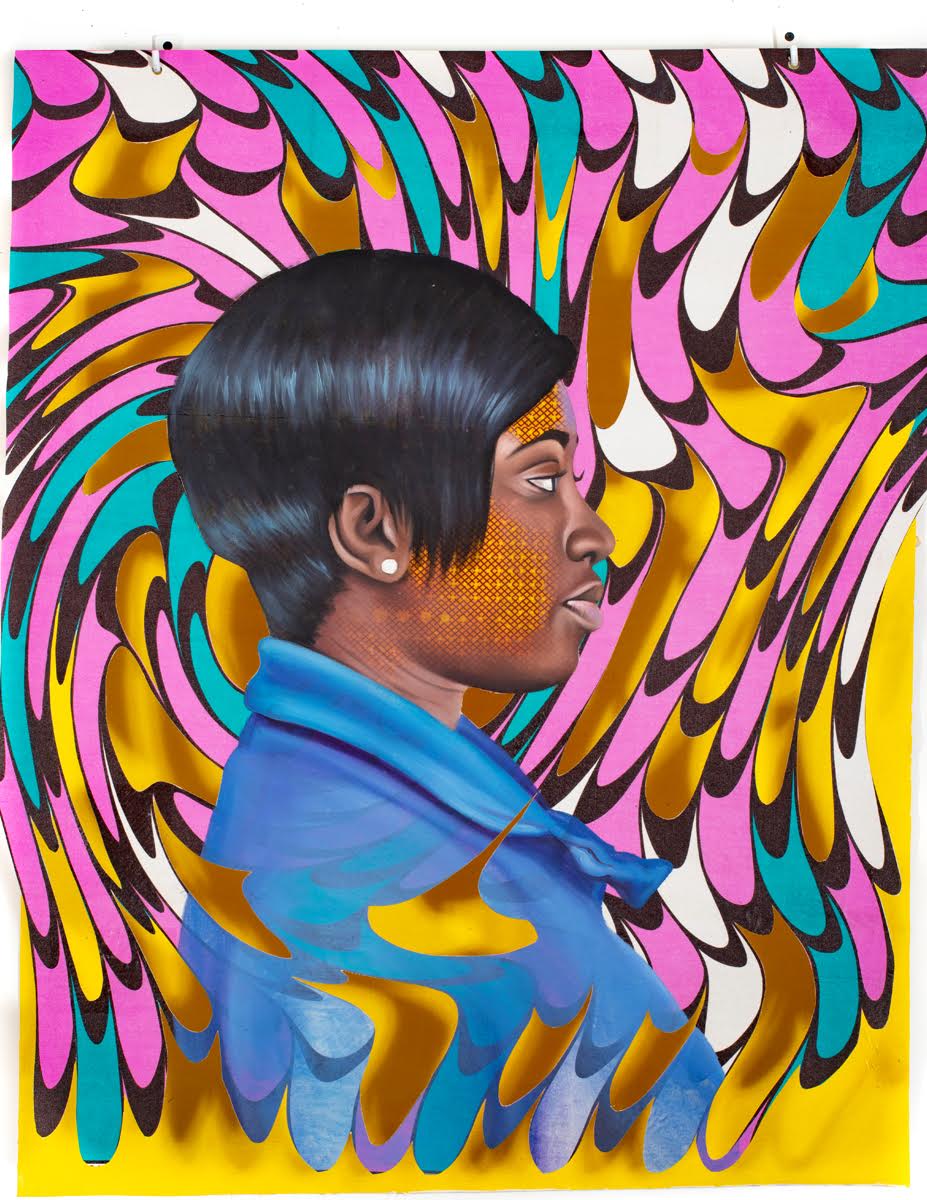Wayne State University Art Exhibition – Elevation: Kaneko & Contemporary Ceramics at Elaine Jacobs Gallery

Installation: Elevation: Kaneko & Contemporary Ceramics, 2023, All images: Ashley Cook
The history of sculptural ceramics dates back to as early as the Paleolithic period with its small ritualistic animal and human figures modeled out of clay. Serving to represent and understand their environment, the people of that era exercised the practice of assigning meaning to an object that would otherwise be considered non-functional. With ceramic having such an instrumental role in the evolution of craft and technology throughout time, the conversation around it as a fine art medium is not necessarily new, but less usual. Elevation at Elaine Jacobs Gallery seeks to draw attention to fine artists working in ceramic, with a particular focus on Japanese artist Jun Kaneko, whose practice has been influential since the 1980s.
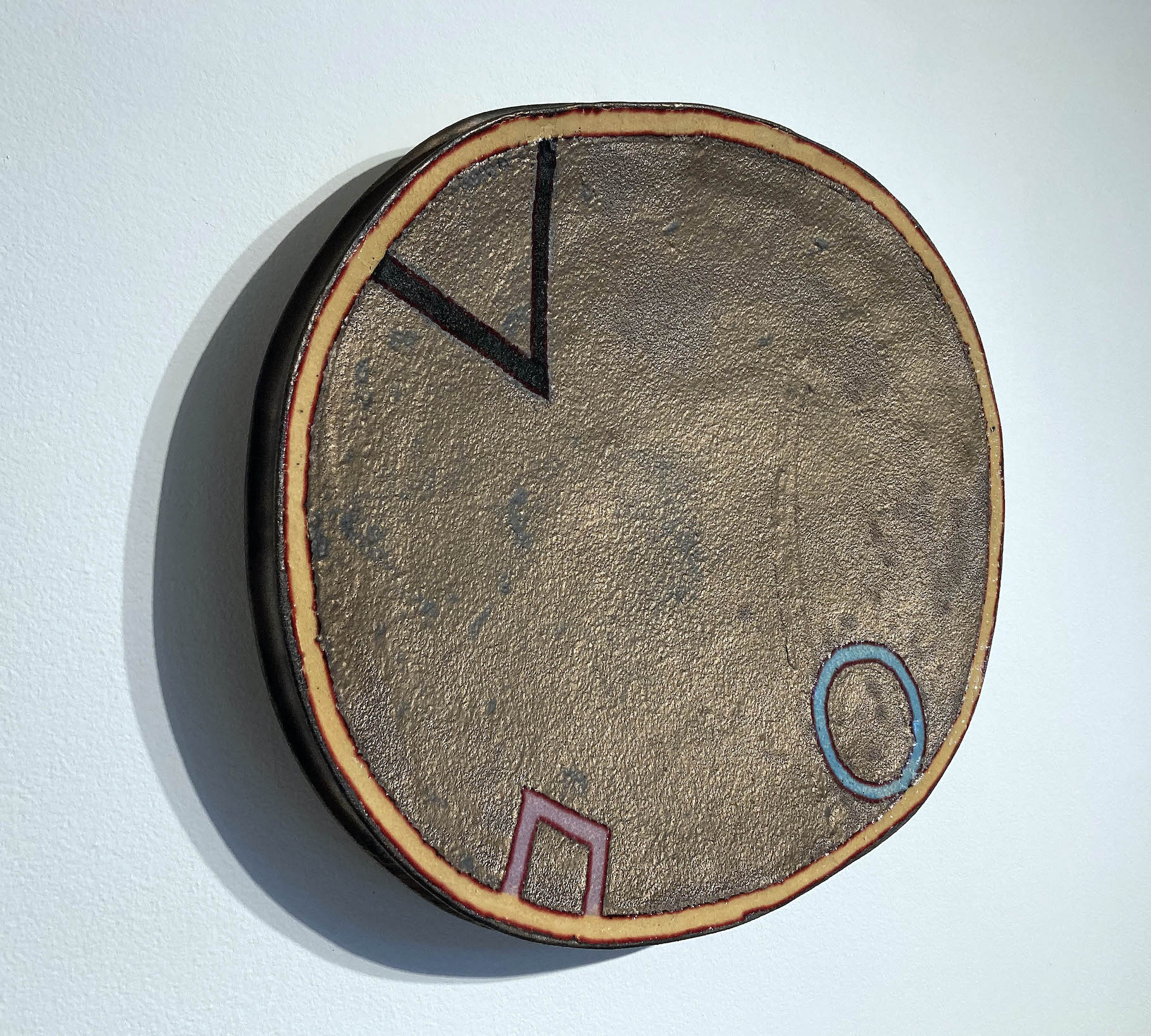
Untitled, 1984, Jun Kaneko, ceramic.
The exhibition statement provides accessibility to the curatorial objective of the thirty-three works on display. Following a brief background into the life of Kaneko, readers learn of the mentorships that shaped his early work and fostered his development into an artist with a unique conceptual approach to the use of ceramic. Curators Jessica Edgar, the Assistant Professor and Area Coordinator of Ceramics at Wayne State University, worked in collaboration with Kat Goffnett, the Assistant Curator of Collections at Cranbrook Art Museum, to assemble 11 artists, including Jun Kaneko, whose work carries on this lineage of exploration into contemporary times. In addition to the consistency of their applied medium, each of the selected artists have been observed to use metaphor to connect with their cultural heritage and examine the effects of diaspora on their relationship to material tradition. A purposefully wide array of backgrounds are successfully represented here to underline the expansive presence of clay as a strictly sculptural medium.
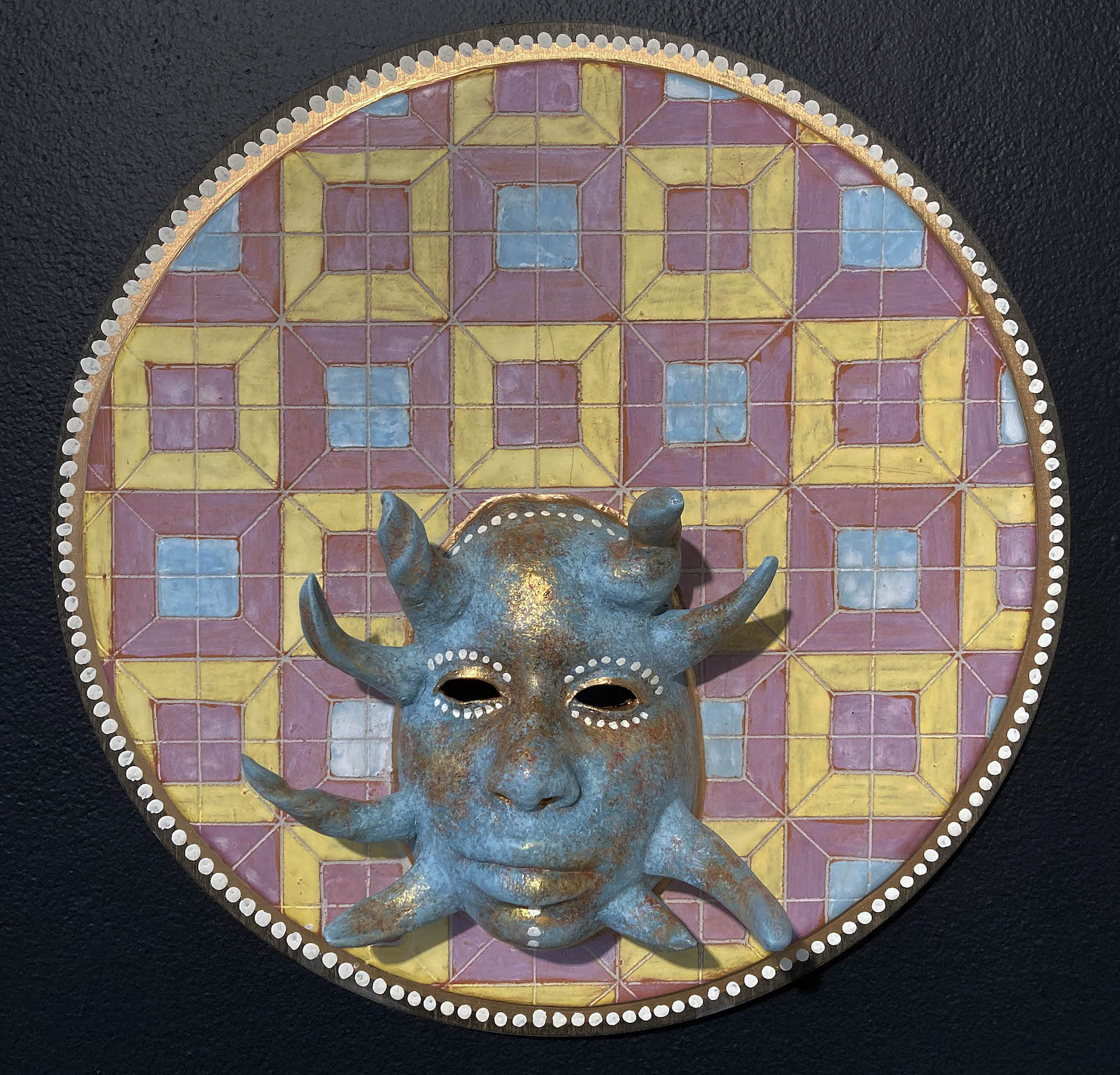
Vejigante: Viiejo, 2023, Joey Quiñones, ceramic, terracotta, wood, terra sigillata, gilding.
A majority of the artists selected to participate in this exhibition are part of their own cultural diaspora, traveling from places like Mexico City or Southern India to live and work as artists in the US. The organic and imperfect hand-built forms reference sculptures of ancient civilizations while the more precise patterning reminds us of modern ceramic techniques. Visitors have the opportunity to enjoy eclecticism of glaze use, subject and presentation as they navigate from rock-shaped floor and wall works by Jun Kaneko to Joey Quiñones’ Afro-Latinex inspired mask pieces. Patrice Renee Washington’s stoneware is accompanied by Renta Cassiano Alvarez’ mantel of ceramic, obsidian, gold, tile and wood, a digital print by Khalil Robert Irving, a ceramic-human hair hybrid sculpture by Adebunmi Gbadebo and a mixed media sculpture by Magdolene Dykstra. Up the stairs, the visitors approach a projected film by Ashwini Bhat presented in tandem with three of Bhat’s sculptures alongside three of Michiko Murakami’s experimental collage-like ceramic amalgamations, a wall work by Shaarbani Das Gupta and two iterations of a vase-like ceramic form by Ebitenyefa Baralaye. Jun Kaneko’s work is scattered evenly throughout both the first and second floor of the gallery, almost as a mirroring technique that allows for analysis of his influence in those who he has inspired.

Alive 1, Alive 2, Alive 3, 2023, Ashwini Bhat, glazed ceramic sculpture.
Elevation: Kaneko & Contemporary Ceramics at Elaine Jacobs Gallery opened on September 15, 2023 and is on view until December 9, 2023.

Spumoni, 2023, ceramic and Cloud Grid, 2023, graphite, sumi ink, Michiko Murakami.
Elaine Jacobs Gallery is located at 480 W Hancock St, Detroit, MI 48201. Gallery Hours are Tuesday and Thursday from 12 p.m. to 5 p.m. and Friday from 12 p.m.-7 p.m
www.waynestategalleries.org/elaine-l-jacob-gallery


